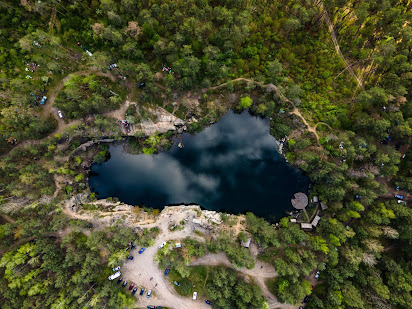Climate change means that many species are currently inhabiting an area that will become unsuitable to them (i.e. temperature and rain). These climatic alterations will require species to adapt, some rapidly so, otherwise they face local extinction (extirpation) or range constriction. The paper by Gougherty, Keller and Fitzpatrick (2021) studies the species balsam poplar (Populus balsamifera), looking at the flowering time genes. These are strongly connected to seasonal and cyclic behaviour in relation to climate.(phenology), they are crucial for ensuring population viability in future climates.
They found that populations at the centre of the range are best prepared for any of the three types of offset (change) discussed in the paper. These included: local adaptation with no migration, migration to anywhere else within the range (forward offset) and reverse offset where any of the current populations are already possess adaptations to potential future climates. In comparison to central populations, those in the eastern and northern most ranges are the most likely to experience extinction. It was identified that populations in the eastern most range would likely need to migrate around 5000km, an unlikely event naturally given seed and pollen dispersal limitations and the geography of the region.
The work of the team highlighted that for P. balsamifera the influence of temperature was secondary to that of changes in winter precipitation. This along with recent research in local adaptation contradict the presumed leading/trailing edge where poleward shifts were expected to see populations experiencing the first temperature changes outside of their normal range being the first to struggle.
A key take home message is that it is populations that adapt to climate change, not a species.





No comments:
Post a Comment